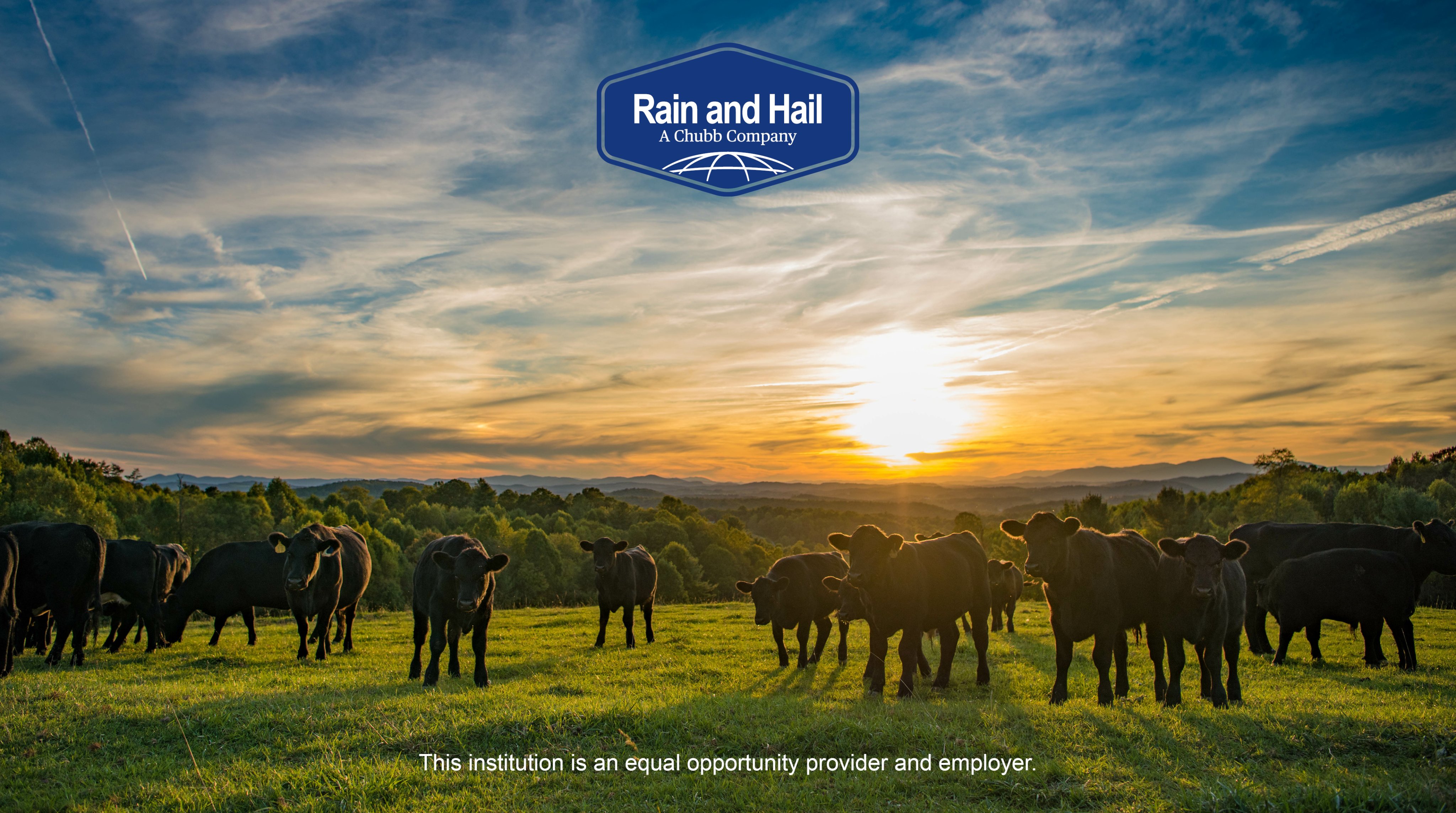Unlocking Growth Potential: Bagley Risk Management Approaches
Unlocking Growth Potential: Bagley Risk Management Approaches
Blog Article
Comprehending Animals Danger Protection (LRP) Insurance Coverage: A Comprehensive Guide
Browsing the realm of animals threat defense (LRP) insurance coverage can be a complicated venture for several in the agricultural field. This type of insurance uses a safeguard versus market variations and unpredicted situations that could influence livestock producers. By recognizing the complexities of LRP insurance policy, producers can make enlightened choices that may guard their operations from monetary threats. From just how LRP insurance coverage functions to the different protection choices readily available, there is much to uncover in this comprehensive overview that might potentially shape the way animals manufacturers approach risk management in their services.

How LRP Insurance Coverage Works
Occasionally, comprehending the auto mechanics of Animals Risk Security (LRP) insurance coverage can be intricate, however damaging down exactly how it works can offer clearness for breeders and farmers. LRP insurance is a risk management tool made to shield animals manufacturers versus unexpected price decreases. It's essential to note that LRP insurance coverage is not an earnings guarantee; rather, it concentrates exclusively on cost threat protection.
Qualification and Insurance Coverage Options

When it comes to protection choices, LRP insurance policy supplies manufacturers the adaptability to pick the insurance coverage level, coverage duration, and recommendations that ideal match their danger administration requirements. By recognizing the eligibility requirements and insurance coverage alternatives offered, livestock producers can make enlightened decisions to manage risk successfully.
Benefits And Drawbacks of LRP Insurance Coverage
When reviewing Animals Danger Protection (LRP) insurance coverage, it is vital for livestock producers to weigh the downsides and advantages integral in this danger management device.

Among the primary benefits of LRP insurance policy is its ability to supply defense against a decrease in animals prices. This can assist safeguard producers from monetary losses arising from market fluctuations. Furthermore, LRP insurance uses a level of versatility, permitting manufacturers to customize insurance coverage degrees and policy durations to match their specific needs. By securing in a guaranteed price for their livestock, manufacturers can much better manage risk and strategy for the future.
However, there are also some disadvantages to think about. One restriction of LRP insurance policy is that it does not shield against all sorts of risks, such as disease break outs or all-natural disasters. Premiums can in some cases be click for info costly, particularly for producers with big livestock herds. It is critical for producers to very carefully analyze their specific threat direct exposure and financial circumstance to establish if LRP insurance coverage is the right risk management device for their procedure.
Understanding LRP Insurance Policy Premiums

Tips for Taking Full Advantage Of LRP Benefits
Optimizing the advantages of Livestock Risk Security (LRP) insurance requires calculated preparation and proactive risk administration - Bagley Risk Management. To take advantage of your LRP coverage, think about the complying with pointers:
On A Regular Basis Assess Market Conditions: Remain notified concerning market trends and price changes in the livestock sector. By keeping track of these elements, you can make educated choices about when to buy LRP insurance coverage to secure versus prospective losses.
Set Realistic Protection Degrees: When choosing protection levels, consider your manufacturing expenses, market worth of livestock, and potential dangers - Bagley Risk Management. Setting sensible coverage levels makes certain that you are appropriately safeguarded without overpaying for unnecessary insurance
Diversify Your Coverage: Instead of counting solely on LRP insurance policy, think about expanding your risk administration approaches. Incorporating LRP with various other danger administration tools such as futures contracts or alternatives can supply thorough insurance coverage versus market uncertainties.
Testimonial and Readjust Protection On a regular basis: their explanation As market conditions alter, periodically review your LRP protection to ensure it lines up with your existing danger exposure. Adjusting protection degrees and timing of purchases can aid enhance your threat security approach. By complying with these suggestions, you can maximize the advantages of LRP insurance policy and protect your animals operation versus unexpected threats.
Final Thought
To conclude, animals danger security (LRP) insurance is a useful device for farmers to handle the monetary risks related to their animals procedures. By recognizing how LRP functions, qualification and insurance coverage choices, along with the pros and cons of this insurance policy, farmers can make educated choices to shield their incomes. By thoroughly thinking about LRP premiums and carrying out methods to maximize benefits, farmers can reduce prospective losses and guarantee the sustainability of their procedures.
Animals manufacturers interested in obtaining Livestock Danger Defense (LRP) insurance policy can explore a variety of qualification requirements and insurance coverage alternatives tailored to their specific livestock operations.When it comes to protection choices, LRP insurance uses producers the adaptability to pick the protection level, coverage period, and endorsements that best match their risk administration requirements.To understand the details of Livestock Threat Defense (LRP) insurance policy fully, understanding the elements influencing LRP insurance policy costs is essential. LRP insurance coverage premiums are identified by different elements, consisting of the insurance coverage go now degree selected, the expected rate of animals at the end of the insurance coverage duration, the type of animals being guaranteed, and the length of the coverage duration.Evaluation and Readjust Coverage On a regular basis: As market conditions alter, regularly review your LRP insurance coverage to ensure it lines up with your existing danger exposure.
Report this page